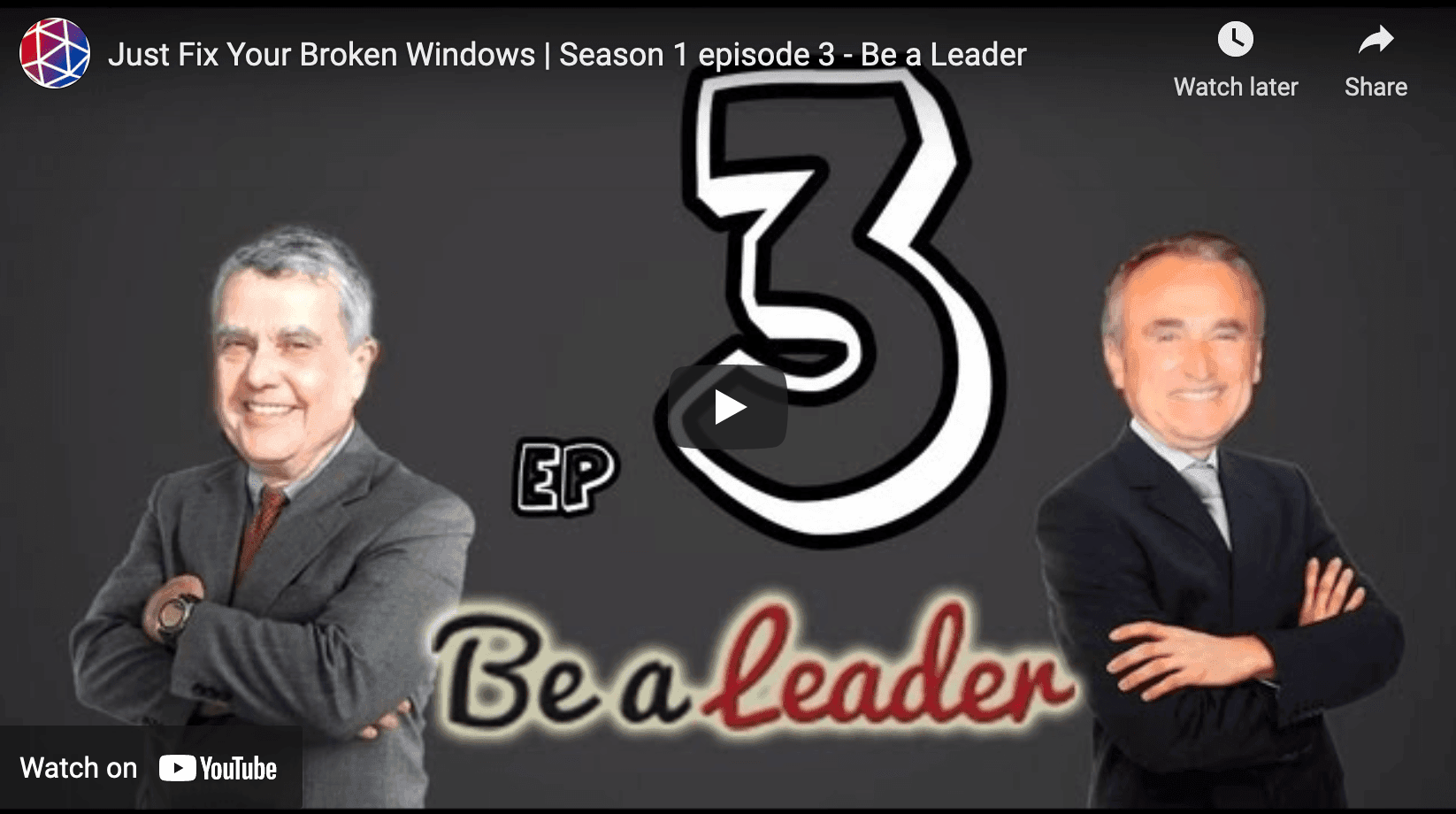The Monthly Challenge: How To Solve Tough Problems And Build Collaborative Teams At The Same Time

A friend of mine, we will call him Tom, was a partner at a big consulting firm. One day, he showed up at one of his client’s offices and heard this:
“Sorry, Tom. We’re going to have to cancel your retainer – at least for a little while.”
Now, to a consultant, those are about the worst words you could ever hear from your client. It is the equivalent of being laid off.
Except in this case, it did not just mean Tom was getting laid off. It also meant his entire team of 15 consultants was getting laid off.
The Problem
So, he knew something must be seriously wrong to warrant that kind of reaction from a Fortune 100 company. And he was right. It was serious.
His client was going to miss its quarterly profit estimates, and not just by a little – like enough to raise major concerns on Wall Street.
His client explained all the gory details about why their profits were off so much. In his 20-year professional career, Tom had never even heard of a company having this particular problem.
He knew his client needed help. Packing up his team’s things and walking away just seemed like the last thing his client needed.
Clearly, the company needed to find people who had been through this before so they could find their way out of it. However, it was the kind of problem companies don’t publicise. So finding examples was going to be difficult.
Listen to this podcast: Raise Your Game: Incorporating Design Thinking In Business Challenges
The Solution
That was when Tom told his client about their ‘Monthly Challenge’. It was a friendly competition among the consultants at Tom’s company.
Every month, all the partners are presented with a particularly challenging client problem, without naming the client. Then they are encouraged to take their teams out for a lunch or dinner, talk about the problem, and come up with recommendations.
Think about that. Just for that hour, tens of thousands of consultants are working on exactly the same issue.
However, with only an hour, they do not have time for research or analysis. All they have time for is to share a few stories and brainstorm ideas.
The stories they share are about when they encountered similar problems in the past, what their client did about it, and how it turned out.
Then, whichever team has the best solution gets recognised in front of the whole company.
That kind of competition is really genius. The client with the problem gets the collective brainpower of the entire consulting company working on their issue.
The consulting team supporting that client gets to deliver a solution and move on to the next challenge.
The competition also helps foster more collaboration and better working relationships among the consultants.
The lunch or dinner events are an opportunity for team members to stop working on their separate parts of their client engagement and all work together on one issue.
Psychologists have known for a long time that this is one of the quickest ways to create human bonds. Moreover, that is important because this consultancy has employees spread out across dozens of countries around the world.
Most of them will never see each other, or ever even work with the same client. But because of the monthly challenge, they get to add a common set of consulting challenges and solutions to draw on and learn from.

The Result
So, Tom immediately posted his client’s problem to every partner as a monthly challenge. Within 48 hours, tens of thousands of consultants started working on it.
Within three weeks, they identified two non-competing clients that experienced the same issue as Tom’s client and had three creative solutions offered from across the globe. Tom presented the solutions to his client and worked with them to implement the best one.
Now, Tom’s client still had a tough quarter. However, it was not nearly the debacle it would have been without his help. The best part was Tom never heard another word about needing to cancel his retainer.
The Lesson
The lesson, I think, out of all this is that establishing a regular time and place to swap stories about current business challenges is just a really good idea.
Besides, you do not need to be in the consulting business to benefit from swapping stories with your co-workers. No matter what business you are in, it will surely lead to new ideas and a more collaborative organisation.
Paul Smith is one of the world’s leading experts on business storytelling. He is a keynote speaker, storytelling coach, and bestselling author of the books: Lead with a Story, Sell with a Story, and Parenting with a Story. To share your thoughts with Paul, send us an email at editor@leaderonomics.com.
Reposted with permission on Leaderonomics.com.
READ: Design Thinking As A Problem-Solving Tool
Prefer an e-mag reading experience? No problem! This article is also available in our 28 July 2018 digital issue, which you can access here.
Business
This article is published by the editors of Leaderonomics.com with the consent of the guest author.





